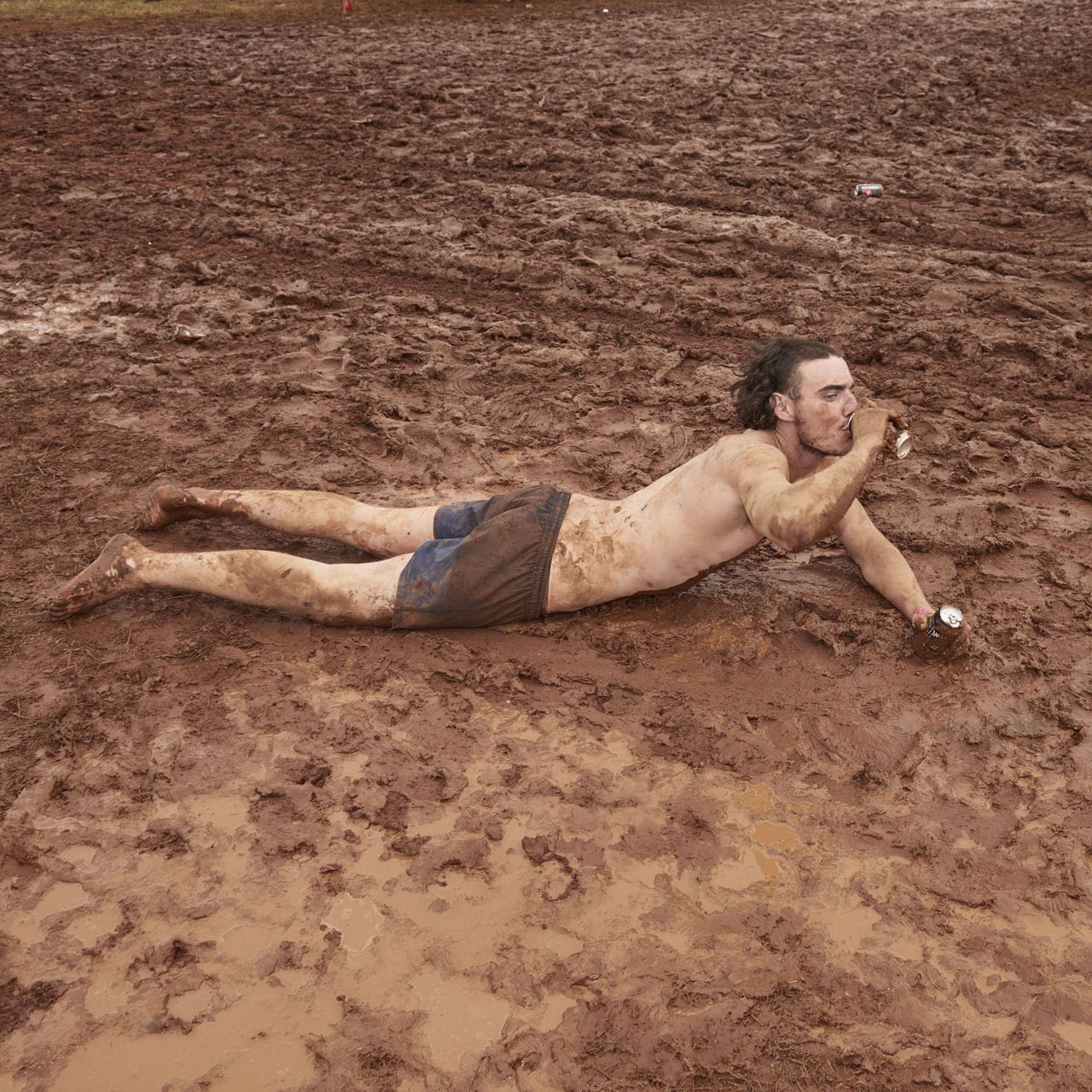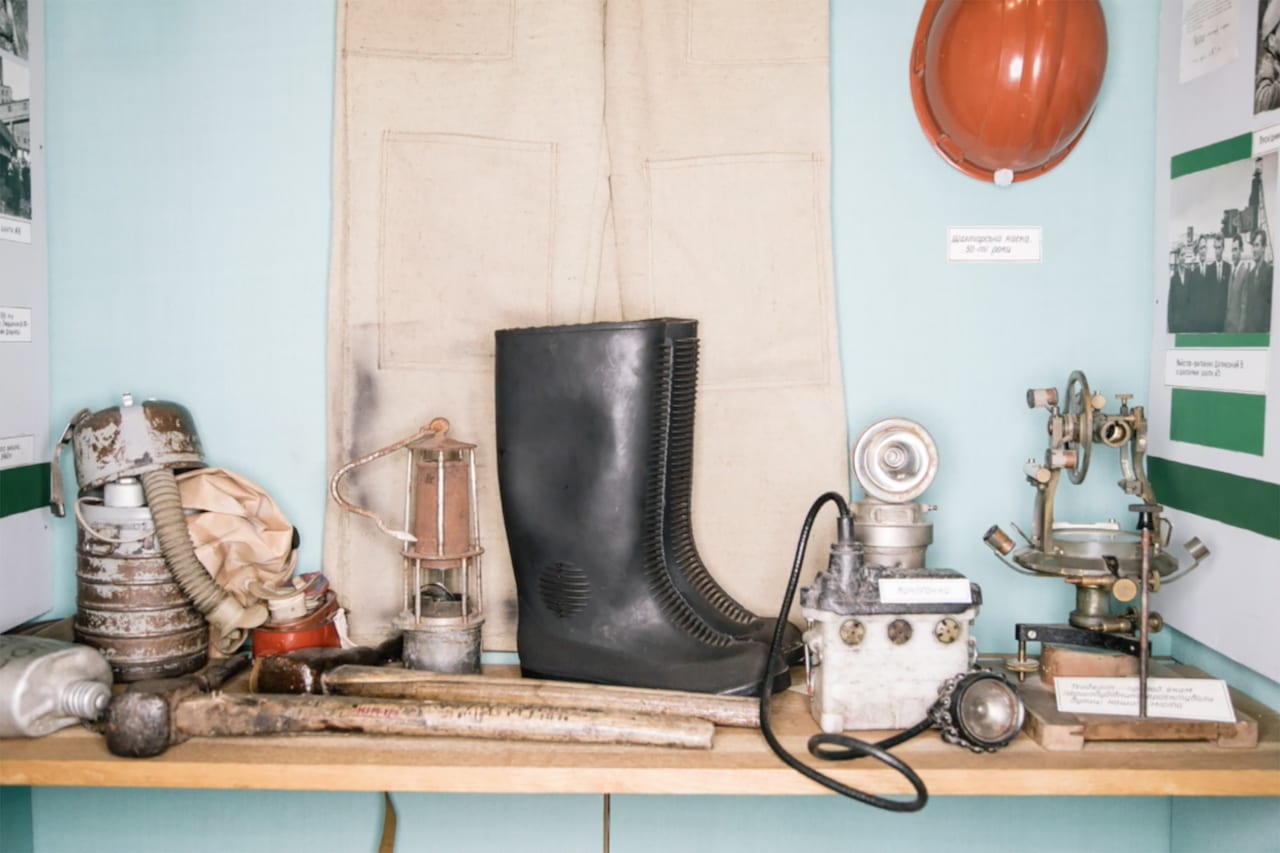Captivated by the Indigenous tradition of Songlines, Tanya Houghton travelled across Australia’s national parks, covering a total distance of 10,500 km over five weeks


Captivated by the Indigenous tradition of Songlines, Tanya Houghton travelled across Australia’s national parks, covering a total distance of 10,500 km over five weeks

Layered with riffs of cultural and symbolic references, Adam Ferguson’s ongoing series, Big Sky, comments on the ecological deterioration of Australia’s interior regions

The first edition, planned for February 2021, will present an ambitious new festival of photography

Ladocsi is one of the shortlisted photographers for this year’s competition at Festival de Hyères

“I was quite scared to begin with,” says Ingvar Kenne, who has now been to ten Bachelor and Spinster (B&S) Balls, all in different regions of the Australian outback. “It’s by far one of the most intense things I’ve ever experienced. It’s full on, and non-stop.”
B&S Balls are notoriously drunken and raucous. They were originally set up to give young people in rural Australia the rare opportunity to meet a potential life partner. Nowadays they are mostly an excuse to party and let loose, but many of the old traditions have stuck, and hundreds of people still drive from all over the country to take part.

“It’s a bit hard to find words for this – You don’t look Native to me won the PHmuseum Women Photographers Grant,” says Maria Sturm. “I feel exponentially happy and glad to be sharing the list with other women photographers whose work I admire.”
Sturm has won the prize in a strong year for the PHmuseum Women Photographers Grant, with the 31 shortlisted photographers including Magnum Photos’ Diana Markosian, Sputnik Photos’ Karolina Gembara, and Taylor Wessing Photographic Portrait Prize-winner Alice Mann. But her long-term project You don’t look Native to me, which shows young Native Americans in Pembroke, North Carolina impressed the judges with its sensitive approach to its subjects.

“I see the bastard countryside everywhere I go,” says Robin Friend, pointing out of the window of his studio in East London, where an ivy plant has climbed up a nearby wall and is wrapping its vines around a rusting CCTV camera. “I ran with this idea of city and countryside splattering into each other, creating this hybrid nature,” explains Friend, who has been producing photographs for his book, unknowingly at first, for 15 years since he started started his BA in Brighton, where he studied under Jem Southam.
“Bastard countryside” is a phrase coined by Victor Hugo in his novel Les Miserables, in which he describes the city of Paris as an “amphibian”, stretching out into the countryside and devouring everything in its path. It is a zone in which the urban and rural mix, the manmade and the natural, clashing and colliding to create a strange form of beauty and ugliness.

With €10,000 up for grabs to realise a project, the Greenpeace Photo Award is a great opportunity – and this year, the public decides who wins. Run with support from Geo Magazine, an awards jury has shortlisted seven photographers to choose from, each from a different country and each working on a series with an environmental theme.
The public has until 31 October to vote on the winner; a further €10,000 will go to a second winner selected by the jury, which this year includes curator and lecturer Lars Willumeit, and Geo Magazine chief photo editor Lars Lindemann.
The shortlisted photographers are: Niels Ackermann (Switzerland); Magda Biernat (USA); Arko Datto (India); Niklas Grapatin (Germany); Katrin Koenning (Australia); Pablo Piovano (Argentina); and Ian Willms (Canada).

“I’ve spent so many hours on end in the dark, listening to loud music and just watching people, trying to see who I can take photos of and sussing out the environment” says Lionel Kiernan, “my work is a recording of what we can see with the naked eye in these constantly repetitive environments”.
At 21, Kiernan is the youngest photographer, and only Australian, to ever be shortlisted for the MACK First Book Award. After graduating from the Photography Studies College in Melbourne in 2017, Kiernan was nominated this year for his first major body of work documenting Melbourne’s nightlife scene, At Night.

Mac Lawrence’s Hidden Dispositions examines the representation of masculinity in his home country, Australia, a place “shaped by conflict, toxic norms and a deeply fragile sense of masculinity”. “Australian culture is rooted in racism, sexism and decades of white male dominance,” he says.